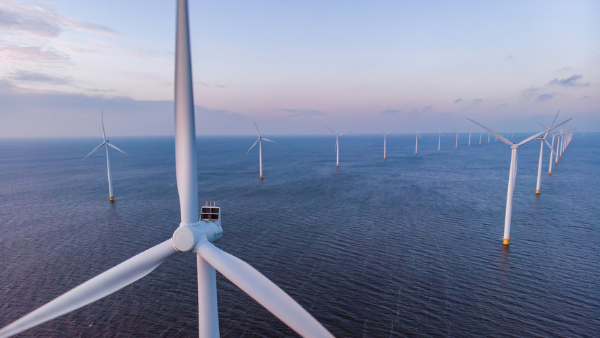Author
What is the Government’s Ten Point Plan?
The Ten Point Plan sets out the Government’s proposals for tackling climate change in support of the 2050 Net Zero emissions target. The Plan proposes to utilise £12m of Government investment and looks to secure £42 billion of private investment by 2030 across energy, buildings, transport, innovation and the natural environment. Aimed at creating 250,000 jobs, the Ten Point Plan comprises:
- A previously announced pledge to quadruple offshore wind power by 2030, to 40GW, enough to power every UK home.
- Moves to boost hydrogen production, with the promise of a town heated entirely by hydrogen by the end of the decade.
- Investment of £525m towards new nuclear power, based on “the next generation of small and advanced reactors”.
- A ban on combustion engine sales by 2030, with grants for electric cars, and funding for charge points. The sale of some hybrid cars and vans will continue until 2035.
- Moves to promote public transport, cycling and walking, although no new schemes were announced.
- Support for greener energies in the aviation and maritime sectors, with £20m committed to the latter.
- £1bn in 2021 for funds to insulate homes and public buildings, using the existing green homes grant and public sector decarbonisation scheme.
- An extra £200m invested in carbon capture initiatives.
- 30,000 hectares of trees planted every year, as part of nature conservation efforts.
- A pledge to make London “the global centre of green finance”.
Point 9 of the Plan specifically addresses protection and restoration of the natural environment as one of the most effective solutions for combating climate change and biodiversity loss. In this article, we consider other aspects of the Ten Point Plan that are key to reducing greenhouse gas emissions. In particular, the proposals for the Energy Sector and the Finance Sector.
How will the Ten Point Plan affect the energy sector?
Offshore Wind
The target is to quadruple the current capacity of offshore wind to 40GW 2030 by aiming to bring in £20 billion of private investment into the UK. Achieving this will require significant updates to the transmission grid which the Government plans to outline in the Offshore Transmission Network Review.
Hydrogen energy
How will the Ten Point Plan affect the finance sector?
The Ten Point Plan sets aims to establish the UK as the global centre of green finance and to encourage innovators, entrepreneurs and finance institutions to develop green technologies. Proposed measures include issuing the first Sovereign Green Bond which will help finance sustainable projects and investment into infrastructure. It also aims to extend the mandatory reporting of climate-related financial information by 2025.
How effective is the Ten Point Plan likely to be?
The points outlined in the Ten Point Plan are interdependent. In particular, securing investment in green finance is key. Each sector will need to undergo significant development to achieve the Ten Point Plan’s objectives. There is undoubtedly some way to go to determine the detail of how each target will be achieved and the extent to which there will be Government intervention for industries that fail to comply. By setting out the various targets and spending commitments, the Ten Point Plan seeks to shake up many sectors over the next decade and beyond. While the Ten Point Plan is a step in the right direction, critics are already flagging that it doesn’t go far enough in detail or extent to tackle climate change and achieve UK Net Zero.

